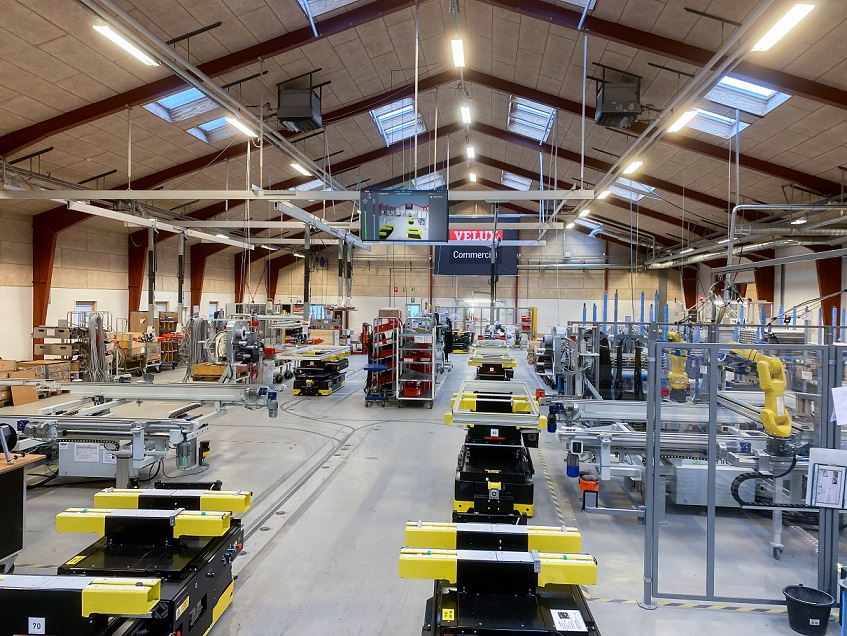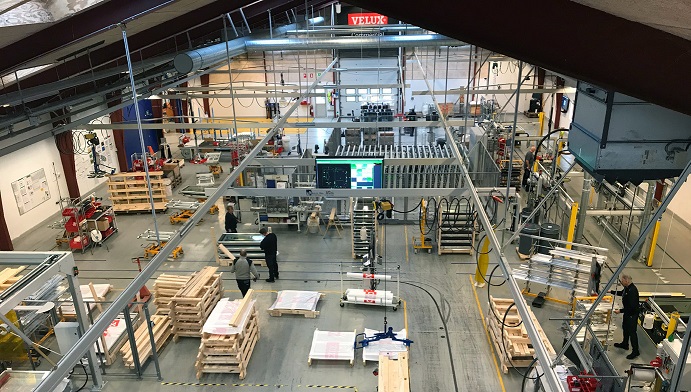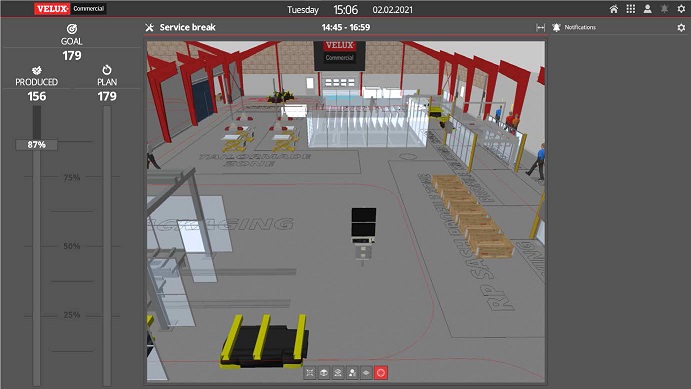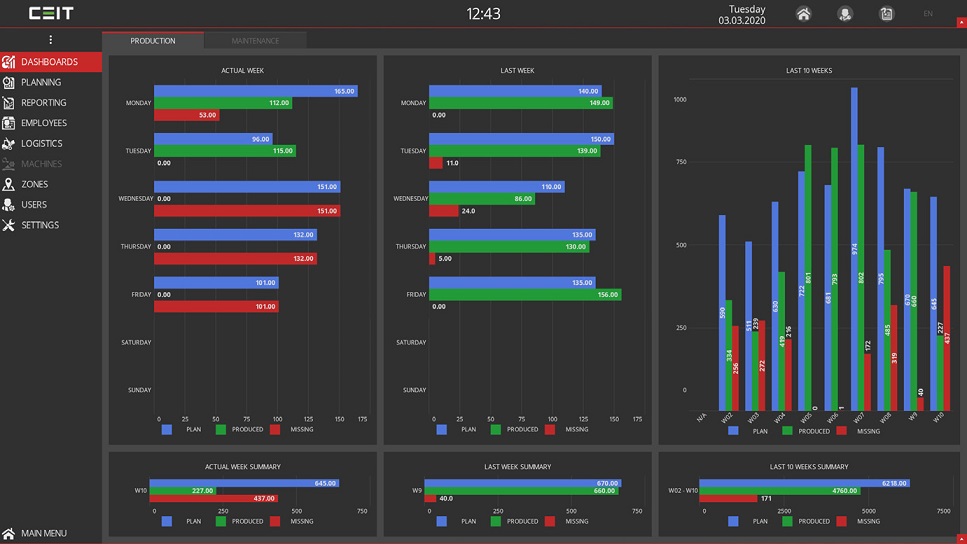DIGITAL TWIN
FOR CONTINUOUS PRODUCTION IMPROVEMENT
“Digital Twin concept by Asseco CEIT, empowered with Sewio RTLS, has opened a whole range of use cases that we are continuously delivering, with each step reaching a higher digital maturity level, boosted efficiency and what’s most important, getting the competitive advantage. It bridges real-time situations with the digital twin environment where we can take immediate corrective action and acquire a robust database of data for analysis. We cannot change what happened today, but can analyze, learn and influence what happens tomorrow with the help of Asseco CEIT competencies.”
Rastislav Ruckay
Production Improvement Manager, VELUX Commercial
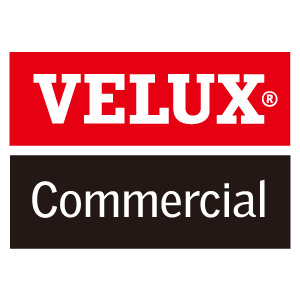
Customer: VELUX Commercial
Industry: Windows and skylights manufacturing
Location: Manufacturing facility, Østbirk, Denmark
Asseco CEIT solution: AGV system, Twiserion Design Manager, Twiserion Digital Manager, dynamic simulation, 3D laser scanning and object digitization
VELUX Commercial is a new division under the VELUX brand, based in Denmark, producing roof glazing solutions to provide daylight and fresh air through the roof. VELUX Modular Skylights manufactured in Østbirk can be combined in number of rooflight configurations, creating perfect solutions for a wide variety of building types: narrow corridors, internal courts, studios, large circulation spaces, as well as private houses.
Transformation to innovative production
VELUX Commercial decided to transform the manual production system of the new product VELUX Modular Skylights into an innovative semi-automatic and fully automatic one with a potential of modularity and higher effectivity as it offers highly customized products. To enable fully continuous improvement, digital twin concept needed to be implemented with all systems interconnected to bring on all the benefits.
Road to continuous improvement
Asseco CEIT first designed the conceptual layout of the AGV-based production line as being highly effective due to providing the maximum flexibility of assembly process and was presented with VR visualization. Detailed dynamic simulation provided information as to the requested number of AGVs to be implemented to fulfil the forecasted future mix production.
Installation of the AGVs with special grippers took place and the whole control system was connected to the production SAP. Afterwards, the UWB-based RTLS network was set up using 40 personal tags, 17 AGV tags, and two manual forklifts that communicate with 12 anchors and cover the area of 2,304 m². Functionalities were added, such as localization, notification of operators, automated adjustment of the gripper’s height for optimal ergonomics, planning, and controlling and monitoring of TPM.
Automated production workplaces were hooked up to all the internal systems and the digital twin was created with VR dashboards. One of the final steps was the optimization of the daily production planning process carried out using dynamic simulation as well as the real data from the real production system in digital twin.
Project in numbers:
Improved safety
awareness overview and understanding through the safety training
3x
increased production volume with the same space
40%
increase in productivity through better shop-floor management and production automation
50%
performance boost on TPM activities
10%
decrease of WIP thanks to improved communication channels
70%
reduced time of planning process for optimal production sequence thanks to utilization of the real data and dynamic simulation
Project benefits
-
- Agile production system capable to react efficiently for required production volume while saving the production capacities and costs
- Collected and evaluated data used for the real-time KPIs calculation for dashboards and various reports
- Reset the mindset from re-active to pro-active actions
- People and organization development by involvement and engagement of team members into transformation process – learning new skill, transformation of job duties
- Knowledge-based database was created for further use, which is crucial in sustaining the high level of process standardization
- Digitalization in production – transformation of paper-based production environment into digitalized process connected to digital twin
